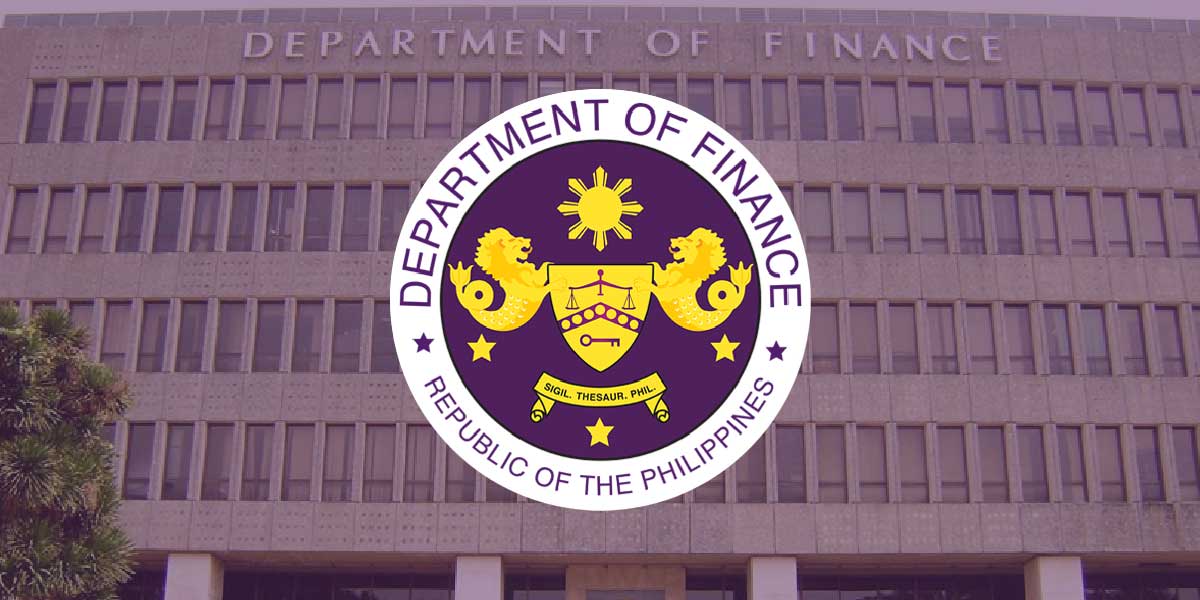
The country’s social security institutions continue to digitalize their respective systems, which include allowing the electronic filing of benefit claims and application of loans, in line with President Duterte’s directive to further streamline and rev up the delivery of frontline services to the public, especially amid the lingering Covid-19 crisis.
In separate reports to Finance Secretary Carlos Dominguez III, the Government Service Insurance System (GSIS) and the Social Security System (SSS) said they have accelerated the implementation of their digital transformation initiatives, especially during the pandemic, to ensure the unhampered delivery of their services despite the restrictions imposed during community quarantines.
Both institutions have also put in place information technology (IT) tools to keep their systems safe from data breaches and other forms of cyber attacks and threats.
Dominguez had earlier instructed agencies attached to the Department of Finance (DOF) and the government financial institutions (GFIs) to institutionalize a cybersecurity program through a cost-effective shared defense strategy.
The GSIS is the technical lead for the insurance cluster in this shared cyber defense project.
On improving frontline services, GSIS has shifted to the online filing of all loans and claims since the early part of 2020 to help curb the spread of COVID-19. It also launched the online Annual Pensioners Information Revalidation (APIR) requirement in 2021 to protect pensioners from contracting the virus and ensure the continuous receipt of their pension.
Instead of personally appearing onsite, pensioners may activate their status using Zoom, Viber, Skype, FB Messenger.
The SSS, for its part, has also shifted to online the filing of claims for retirement benefits, unemployment benefit insurance, the sickness benefit reimbursement for employers, maternity benefit, maternity benefit reimbursement for employers, and funeral benefits for member-claimants as well as employer’s submission of employee, as well as the sickness notification and maternity notification of employees.
Salary and calamity loan applications are also done online with the SSS, along with the renewal of pension loans.
This online filing of loan applications has proven beneficial for employees as their applications are processed in real-time, the SSS said.
The registration of new SSS members to obtain an SS number can also be done online with the option to upload the required supporting documents. for those with Unified Multi-Purpose ID (UMID) cards and email addresses.
Changes in the member’s personal data that require simple corrections can also be filed online.
Benefit claims are now released to the designated disbursement account of the SSS member or pensioner, whether it be through electronic wallets, cash payment outlets, PESONet, or the Union Bank of the Philippines (UnionBank) QuickCard.
The SSS Mobile App was launched in April 2018 and can be accessed by members and employers using their My.SSS account user ID and password.
The SSS App’s enhanced version was made available for downloading in the App Markets on May 30, 2021.
Members can apply for salary loan application, generate and view contribution Payment Reference Number (PRN); pay for their contributions using PayMaya, GCash, Credit/Debit cards, and BPI; view their posted contribution payments, salary loan status and balance and other services.
Employers can view their posted contribution and loan payments, view the status of employees’ benefits applied, download pre-generated contributions PRN and update their Employer contact information.
Through the SSS Mobile App, members and employers are provided with a more convenient way to transact with SSS without the hassle of queueing at the branches and enable them to access their SSS records using their mobile devices.
The SSS has also set up its ExpreSSS e-Learning (ExSSSeL) Portal to enable users to learn about the pension fund’s programs and updates.
Complementing this platform is its Customer Relationship Management System or uSSSap Tayo Portal, which allows members to access all relevant information about products and services, including frequently asked questions about the SSS, and to lodge queries, concerns, or complaints.
The GSIS, on the other hand, has made available its Touch mobile app since last year to allow members to view their membership data, premium, and loans payments, service records, and membership service profiles.
In its report, the GSIS said the Touch app will be enhanced before the end of the year to allow members and pensioners to apply for loans and perform tentative computations and check on the status of their applications.
The Touch app will also allow members to file life and retirement claims with the capability to do tentative computations.
Through the Touch app, old-age and survivorship pensioners will also be able to schedule their Annual Pensioners Information Revalidation (APIR), which is the required renewal of their active status, online.
If they do not have access to the Touch app, members can use the GSIS Wireless Automated Processing System (G-W@PS) in the 680 kiosks deployed nationwide.
Developed in 2006, the G-W@PS kiosks provide members with services such as loan applications, online membership status query, UMID card activation, and annual renewal of pensioner’s active status.
The technologies used in the G-W@PS, such as uses radio frequency identification, ensures a secure system that can process paperless transactions remotely.
The system was upgraded in 2015 with added features such as the control center, which enables the central management of the system.
The GSIS has also implemented a risk-based Information Security program that involves the deployment of various digital tools to keep its system safe from cyber attacks.
It has received an ISO 27001 certification in 2020 for the Provision of Membership Data Creation and Updating Services, which means that its handling of member data is aligned with security and privacy international standards. (DOF)